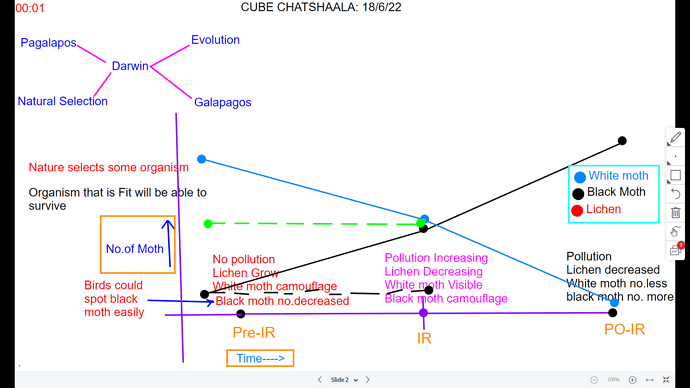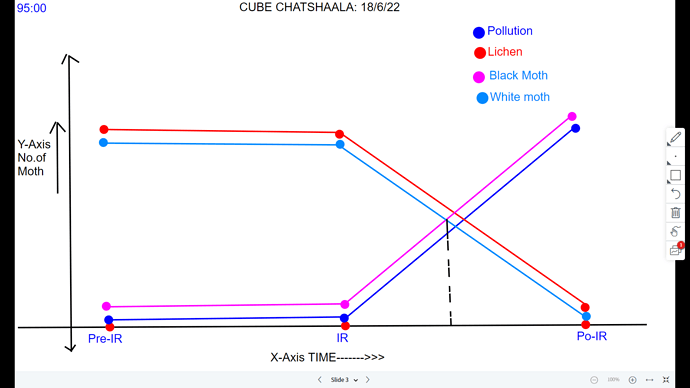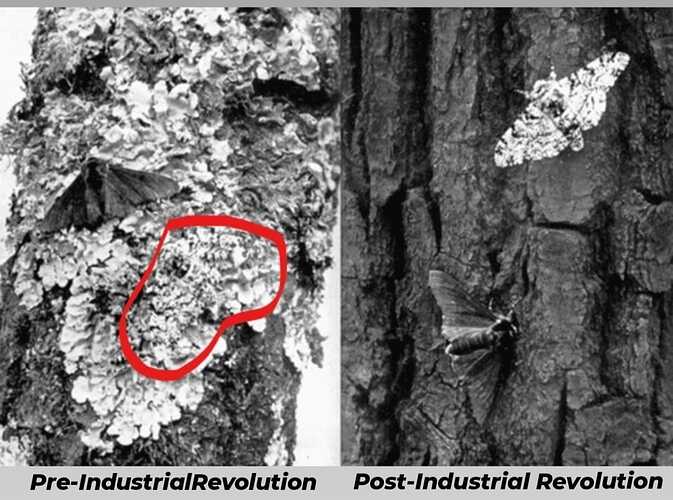One of the fundamental problems that we come across in our Education System is How a particular topic is conveyed to students? What is the language used(not Hindi, Marathi, or English but in terms of simplicity and complexity) to convey curriculum topics? Especially, Science Education. And is it helping students to develop their communication skills to take a clear stand on their ideas in the future.
From my experience of being in CUBE ChatShaala, I see students like me almost every day struggling to explain their idea because of difficulty in communication( not the grammatical part of it or something but how to summarize it in a very simple way to people). This is what @Theertha @sakshiconsultant2002 @SaraKalamudeen @Archita15 and I myself experienced in CUBE CHATSHAALA(18th JUNE 2022) Click here to watch session recording..
-
The Discussion started with what are Pagalapos and Galapagos, what is their relation with Darwin’s Theory of Evolution and Natural Selection, and why are we so concerned about it?
So what is Natural Selection? ‘‘Nature selects the organism which is fittest to survive’’, replied @Archita15. But is this statement complete and did we all understand it unless we use an example? So we took the example of White and Black Moth from the Pre-Industrial period to the Post-Industrial Period.
-
@sakshiconsultant2002 and I myself made tried to make a graph to understand the increase and decrease in the number of White and Black Moth before during and after Industrial Revolution.
But @Theertha doesn’t seem to agree with the graph. Theertha argued that how will the number of black moth increase and white moth decrease from Pre-Industrial to Industrial Revolution period? what is the connection? it was this question that made us realize what is wrong in the graph and also where we are lacking in terms of Communication. -
Interestingly, after some time in the discussion @Theertha seems to agree with @sakshiconsultant2002 but now @sakshiconsultant2002 agrees with @Theertha’s argument and disagrees with her own graph. So what was the problem with the graph? for that let’s clarify some things.
-
X-axis represents time, Y-axis for number of Moths. The graph shows that the number of black moths increased and white moths decreased from the Pre-Industrial to the Industrial Revolution period but that cannot be the case. Let’s understand it with this image:
-
Blue line(represents Pollution) will be stable from the Pre-Industrial to Industrial Revolution period and because IR represents the "starting point of the Industrial revolution’ pollution will increase from that point onwards. Due to this, the Red line(represents lichen) will be stable from the Pre-Industrial to Industrial Revolution period and will decrease from when Industrial Revolution Started. This is because Lichen cannot grow in a polluted environment. Reference for the same : https://www.researchgate.net/publication/285875532_Lichen_sensitivity_to_air_pollution
Photo Credit: Redirecting
Edit made by Abhijeet Singh @Abhi0703
-
From this photo I think it’s very clear that the black moth is clearly visible in Pre-Industrial Revolution and birds can easily eat them and the white moth is clearly visible in the Post-Industrial Period and birds can easily eat them. Hence white moth and Black moth will be more in the Pre-Industrial Revolution and Post-Industrial Revolution periods respectively.
-
So, nature selected the White moth in the Pre-Industrial Revolution period and Black Moth in the Post-Industrial Revolution period. Most Students will say that “Natural Selection is Survival Of The Fittest” but I think that definition is incomplete if we do not mention the Environment. Then as per me it Becomes: “Natural selection means Nature(Not as consciousness but as a collective earthly entity) selects a particular organism which has the characteristics to survive in that particular Environment”
-
Such Discussions always will stay with us forever and we never forget topics from such contexts and bring them back to the curriculum which will help us to learn how to do 'SCIENCE COMMUNICATION"
Let’s build this up more on this.
Thank you!! ![]()


